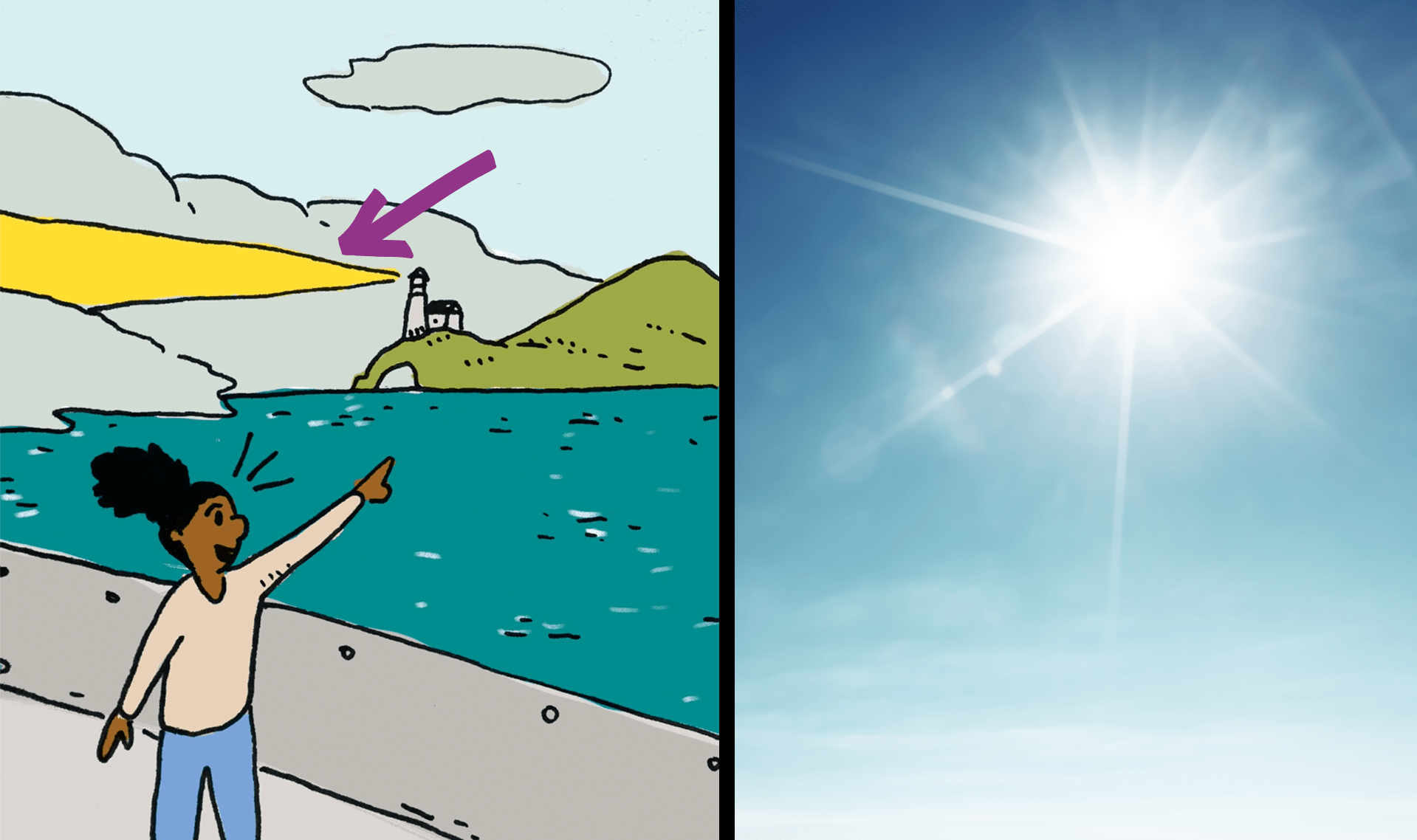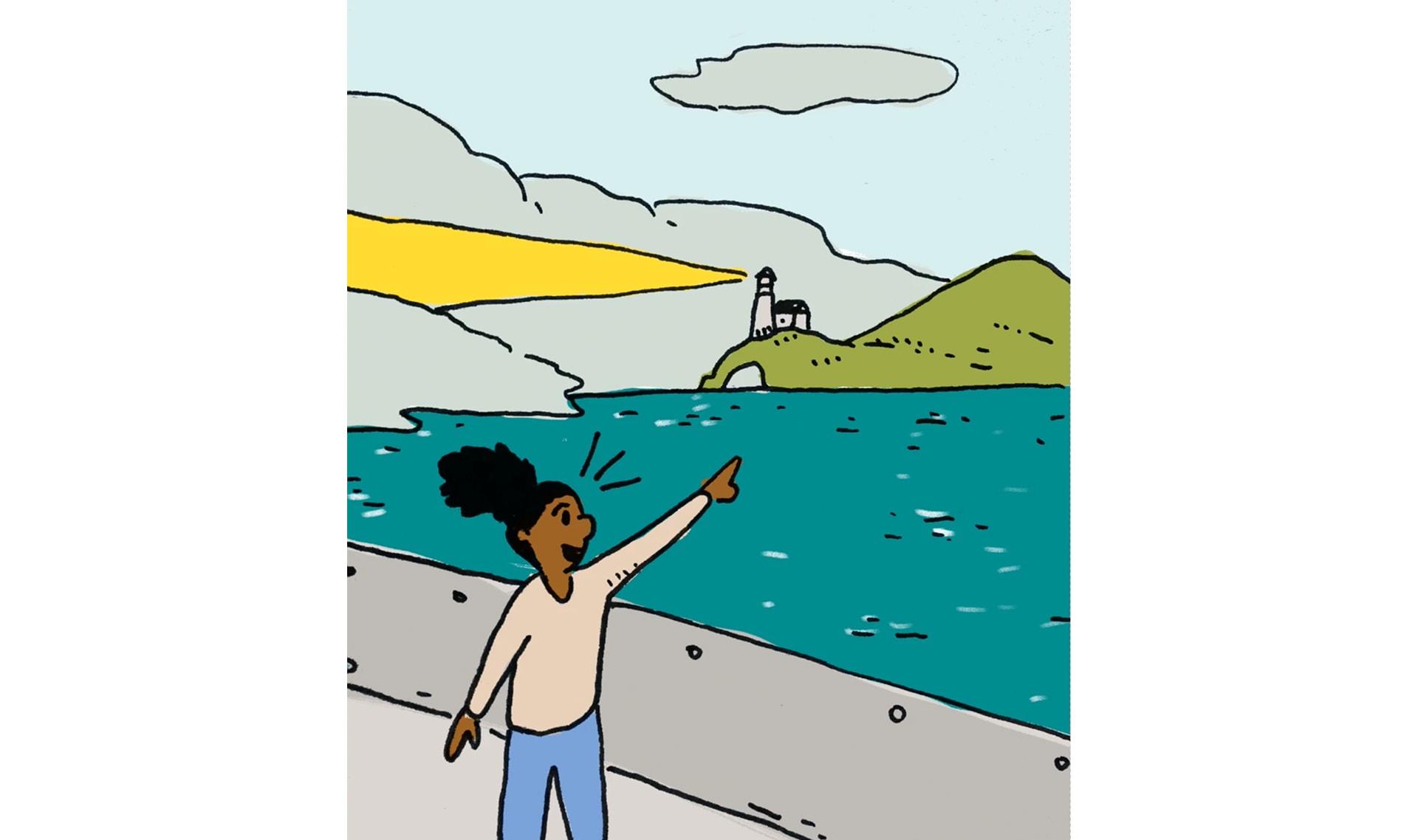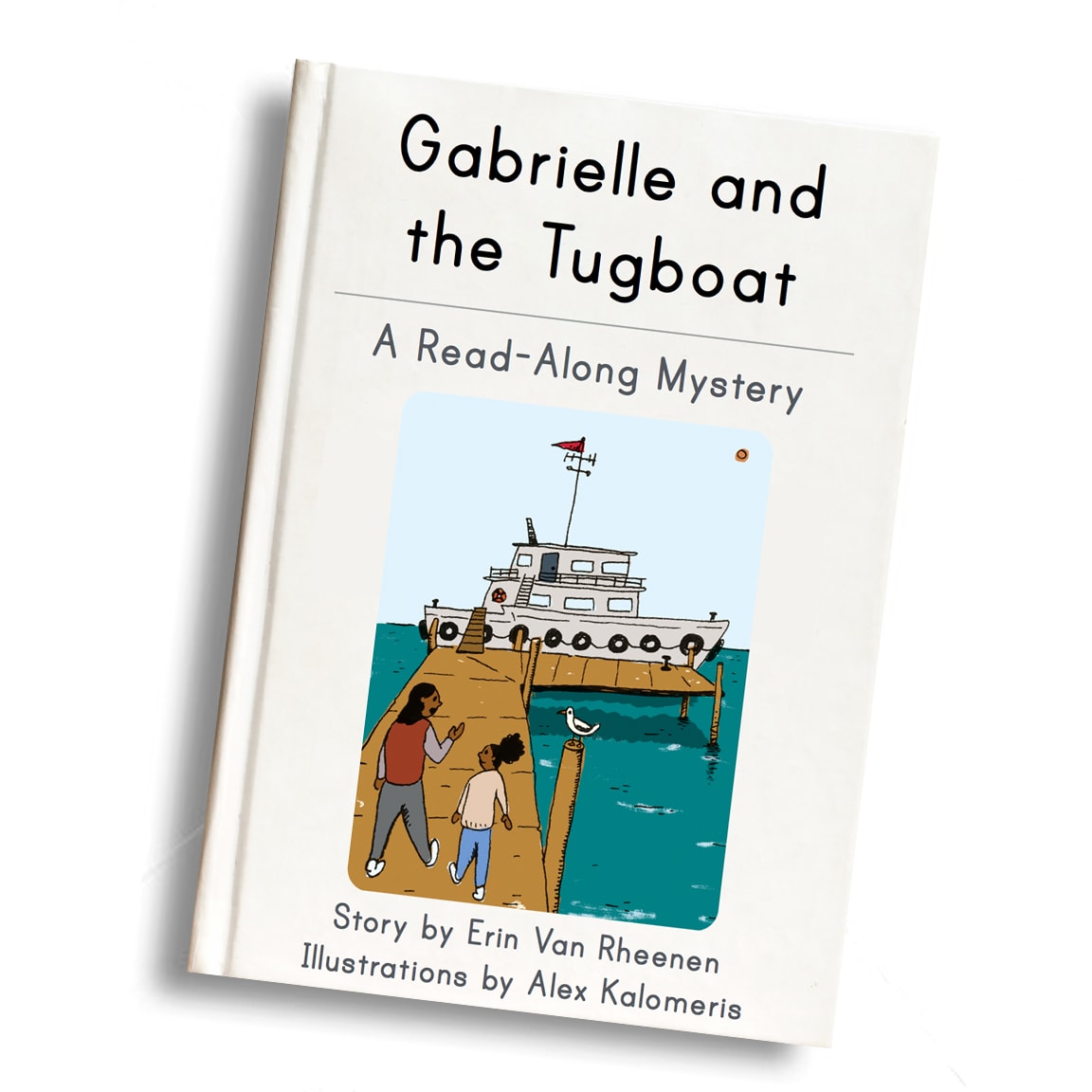





Like cars on a road, boats on a bay use color and sound to find their way around. These activities let students explore their own skills of watching and listening, and practice some of the sound words they hear every day.
This classic game can be played indoors or outside. The object is for students to respond to your signal—"red light" means stop, and "green light" means go. If you have lots of space, students can walk or run toward you when you say "green light". If you’re indoors, you can have students march in place and stop when you say "red light". You can also play the game by holding up red and green construction paper as visual cues for "stop" and "go".
Find more ideas for Red Light/Green Light here.
Have students write these five words on index cards:
- clap
- whistle
- tap
- snap
- stomp
When you’re ready to play, ask students to cover their eyes while you make one of these sounds. Then have students open their eyes, decide which sound they heard, and hold up the card they think has the correct word on it. If there’s disagreement, make the sound again with students watching, and ask them if they want to change their guess.


light

watch

sound




